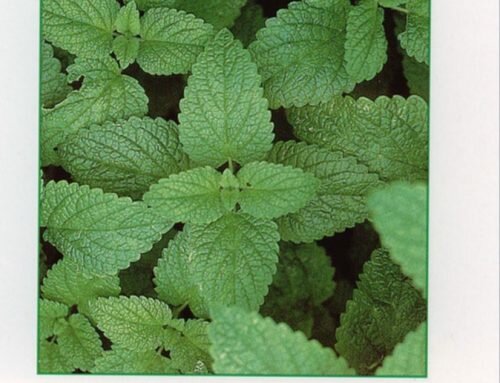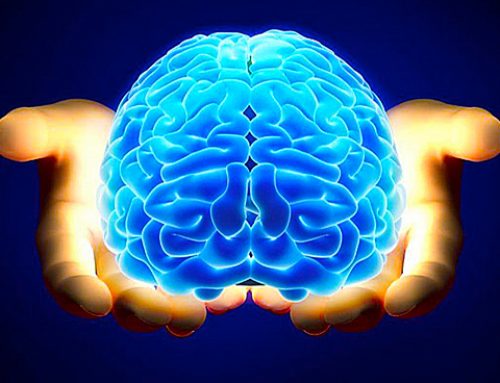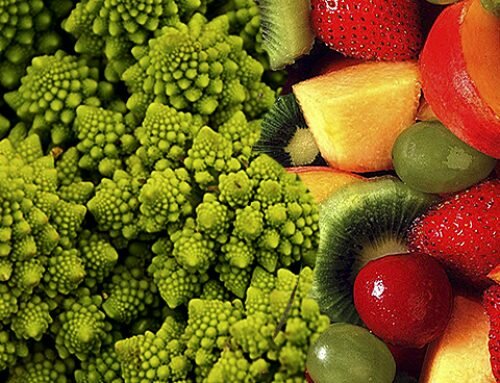Centella asiatica, which is synonymous botanical Hydrocotyle asiatica, is a medicinal plant in the family Apiaceae or Umbelliferae. Native to Asia, it also grows in Australia and in Africa, especially in damp, rich in standing water. Today is particularly widespread in India: it is in fact a typical plant of the Ayurvedic medical tradition. Centella is an herbaceous perennial with creeping stem; it propagates through its adventitious roots. The leaves from the long stalk arranged in rosettes from 4 or 5 elements, are orbicular or kidney-shaped, of a beautiful green-gray. The flowers are purple, with shades of red. The name “Centella” seems to derive from the verb “trickle” in reference to the fact that the plant constantly sipping water in small quantities of marsh areas in which they live. It is commonly known as “tiger grass” for the habit of wild animals injured to roll on its leaves to promote wound healing.
It is present in the ancient Ayurvedic texts of the Indian tradition, where it was indicated as useful herb for improving memory, attention and concentration, with the name of “Brahmi”. In Chinese Herbal Medicine it is traditionally used for its healing virtues, particularly noticeable if you are in the presence of unhealthy sores and varicose ulcers; for the same reason was also used traditionally in the treatment of leprosy, tuberculosis, cancer of the uterus and haemorrhoids. A proverb in Sri Lanka, which resembles our “an apple a day keeps the doctor away,” he reads: “two leaves a day away for good old age.” In this regard, the Sinhalese point out that elephants, known for their longevity, they are very greedy of this plant. In the official pharmacopoeia Centella appeared for the first time in 1913 in India, but his luck began after the Second World War, a time when it was used among other herbs, for preparing an infusion called “Fo Ti Tieng,” sold as a stimulant for longevity. The legend created around this blend of herbs, telling of an ancient Chinese herbalist, using the tea regularly had lived up to 256 years, a period of time during which he had had as many as 23 wives!
Centella has a rich plant complex, consisting of many active ingredients. It contains phenolic compounds, flavonoids, tannins and triterpenes specific to this plant, called CAST (Centella asiatica triterpenes Selected). Among the CAST, we find the asiaticoside and madecassoside and acid indocentoic. Among the glycosides present there is indocentelloside, then we as the idrocotilina alkaloids and bitter compounds such as vellarin. Finally, this acid peptic and vitamin C.
The gotu kola is known for its ability flebotonic and potted protectors; in a randomized, double-blind against placebo, a mixture of asiaticosides administered to patients suffering from chronic venous insufficiency has shown, for example, to improve the objective conditions of venous tone, and subjective, as heavy legs , pain when standing up and oedema of the lower limbs, the patients themselves. Numerous other studies confirm the effectiveness of treatment with Centella in case of chronic venous insufficiency, such as venous hypertensive microangiopathy. On the other hand are also well-known effects protective of capillaries, estimates towards the formation of varicose veins and treatment of haemorrhoidal disease that Centella can count among its therapeutic effects . Very well-known it is also the beneficial effect of the extracts of Centella in cosmetics, in the treatment of cellulitis. The extract of Centella is also traditionally used for its excellent vulnerary activities; it contributes substantially to the success of the healing process, especially if secondary to burns; It is useful for the resolution of wounds with irregular margins and frayed, and to promote the healing of wounds due to surgery.
The use of gotu kola in cognitive disorders, such as memory or attention disorders and cognitive deficits, as well as in anxious or depressive disorders related stress is less well known; However, this use of Centella is known for centuries in Ayurvedic medical tradition. Some recent studies have confirmed this traditional use, by testing in animal models.
The action is purely cholinergic and cholinmimetic (antidepressant).
It increases the capacity of short-term memory (reduction NE, DA, 5-HT).





